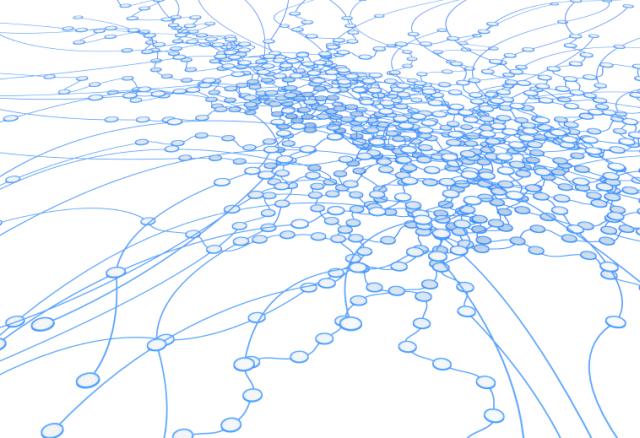An Assessment of Paralinguistic Acoustic Features for Detection of Alzheimer's Dementia in Spontaneous Speech
Speech analysis could provide an indicator of Alzheimer's disease and help develop clinical tools for automatically detecting and monitoring disease progression. While previous studies have employed acoustic (speech) features for characterisation of Alzheimer's dementia, these studies focused on a few common prosodic features, often in combination with lexical and syntactic features which require transcription.






